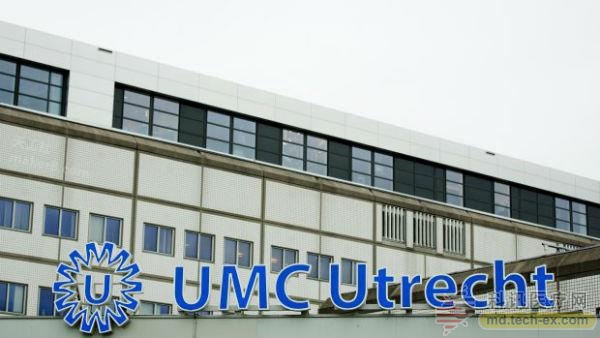Release date: 2016-08-11
In the 3D bioprinting circle, the Dutch city of Utrecht is largely known for its outstanding achievements in organizing factories under the University Medical Center Utrecht. The organization's factory also recently completed a 3D printed biological rabbit shoulder implant experiment. Today, the city is attracting more bioprinting agencies. Not long ago, the Utrecht University Medical Center, Hogeschool Utrecht and the ProtoSpace Foundation worked together to form a new bioprinting laboratory, Utrecht3DMedical. The partners hope to extend the boundaries of 3D bioprinting through this lab and even implement 3D printing organs.

It is understood that the established research institute has just moved to a small laboratory on the edge of Utrecht, but it is expected to open a center in the Utrecht Science Park later this year. The main laboratory. It is also the first independent laboratory in the Netherlands dedicated exclusively to 3D bioprinting.
Utrecht3DMedical is ambitious. Specifically, they are working to combine artificial materials with biomaterials like collagen and gelatin to create new implantable organs. "The advantage of 3D bioprinting is that you can make a perfectly matched knee - without waiting for a donor," one researcher said. “A good example is the skull transplant at the Utrecht University Medical Center two years ago. A young woman was implanted with a new tailor-made carbon fiber skull – the first time in the world. Such surgery."
However, in a growing 3D printing market, it is necessary to concentrate power. “Although the popularity of 3D printing technology is growing, there is still very little use of it for the entire medical sector. The parties to this cooperation have a wealth of experience in this technology, all if we work together really. It can do a lot of things and realize the transfer of international industry," said Do Blankenstijn, director of the Hogeschool Utrecht Center for Nature and Engineering.

More importantly, they feel that this cooperation will be more beneficial to them from the current innovations in the 3D printing industry. They have seen an increase in the efficiency of medical 3D printing technology, especially when it comes to translating scan results into printable files, as well as custom models, assistive tools and implants for patients. The need for multiple CT scans is decreasing year by year, and the 3D printed surgical model is helping doctors prepare for more targeted surgery – which can significantly reduce the aggressiveness of many surgeries and reduce the time required for surgery.
As a technical college, Hogeschool Utrecht specializes in the engineering part of 3D printing; Utrecht University Medical Center offers biomedical expertise; ProtoSpace has experience in various 3D printing technologies – this one When the company was founded, it focused on the conventional 3D printing vase business before entering the prototype prototyping.
So, is the 3D printing organ just around the corner? Regrettably, it may take decades to truly achieve this goal. “The difficulty is how to build organs using unnatural materials that are accepted by the human body. Although 3D printed synthetic materials are simple, this process kills living cells,†says researcher Joost Sluijter. The new lab is currently working with industry partners to develop a range of commercial applications to attract more investors to negotiate. If successful, Utrecht may become a major 3D bioprinting center in the near future.
Source: Tiangongshe
Automatic Air Hose Reel,Auto Rewind Air Hose Reel,Self Retracting Air Hose Reel,Air Compressor Retractable Hose Reel
NINGBO QIKAI ENVIRONMENTAL TECHNOLOGY CO.,LTD , https://www.hosereelqikai.com